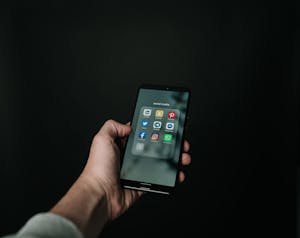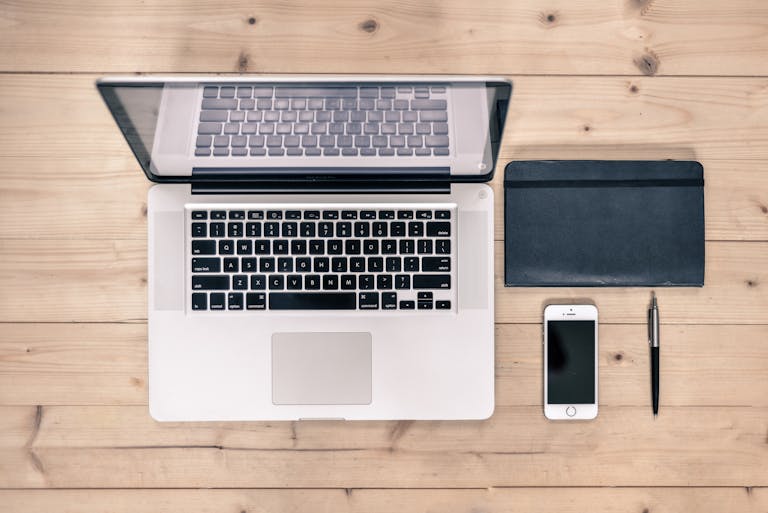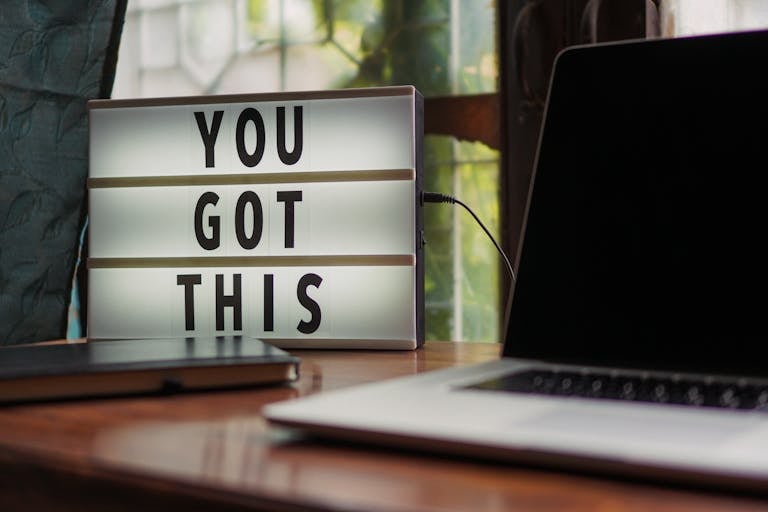Social media connects us to the world—but it also distracts us from it. In an age where endless scrolling is the norm, cultivating mindful social media habits is essential for protecting your focus, mental health, and overall well-being.

1. Understand Your Usage Patterns
Start by tracking your social media habits. Use built-in phone tools or apps like RescueTime to measure how much time you spend on platforms each day.
Awareness is the first step to change. You may be surprised by how often you reach for your phone without even thinking.
2. Set Clear Intentions Before Logging In
Before opening any social media app, pause and ask yourself:
- Why am I logging in?
- What do I hope to achieve?
- How long do I intend to stay?
Having a clear purpose (e.g., checking updates from friends, promoting a post) prevents mindless scrolling and keeps your time online purposeful.
3. Establish Time Limits
Setting time limits keeps your usage from spiraling out of control.
Use app timers (like Instagram’s daily limit feature) or external apps like Freedom or StayFocusd to help you stick to your boundaries.
You could also designate “social media windows”—specific times in the day when you’re allowed to check your feeds.
4. Curate Your Feed Carefully
Unfollow accounts that make you feel stressed, inadequate, or unnecessarily triggered. Instead, follow accounts that inspire you, educate you, or genuinely add value to your life.
A mindful feed creates a mindful experience. It’s your digital space—treat it like your home.
5. Turn Off Non-Essential Notifications
Notifications are designed to pull your attention back to apps—constantly.
Turn off notifications for non-essential activities like likes, comments, and friend suggestions.
This simple act alone can drastically reduce the number of distractions you face daily.
6. Embrace “No Social Media” Zones
Designate areas or times in your day that are social media-free. Good examples include:
- During meals
- In the bedroom
- The first hour after waking up
- The last hour before sleeping
This creates healthy digital boundaries and allows your mind to rest.
7. Practice Digital Detox Days
Consider taking a full day (or at least a few hours) offline each week. Sundays are a popular choice for many people.
Use that time to reconnect with offline activities like reading, walking, or spending time with loved ones.
8. Reflect Regularly on Your Relationship with Social Media
Check in with yourself monthly:
- Is social media still serving me?
- Is it supporting my goals or distracting me from them?
Adjust your habits as needed. Mindfulness is about continuous improvement, not perfection.
Q: How can I start being mindful about my social media use?
A: Begin by tracking your usage, setting clear intentions, and limiting notifications. Small steps lead to big changes over time.
Q: What if I need social media for work?
A: Separate work-related tasks from personal browsing. Set specific “work-only” times and avoid unnecessary scrolling during those sessions.
Are you ready to reclaim your attention?
Start today by setting one small social media boundary. Your focus, creativity, and well-being will thank you.

I’m EKBAL HOSSAIN MONDAL, the creator of SmartSolveTips.com — a blog dedicated to helping people improve productivity, avoid digital burnout, and live better online. With years of hands-on experience in self-development and digital wellness, I write practical tips and tools to help you stay focused and thrive in a fast-paced digital world.






